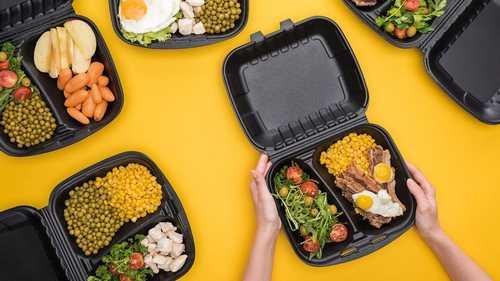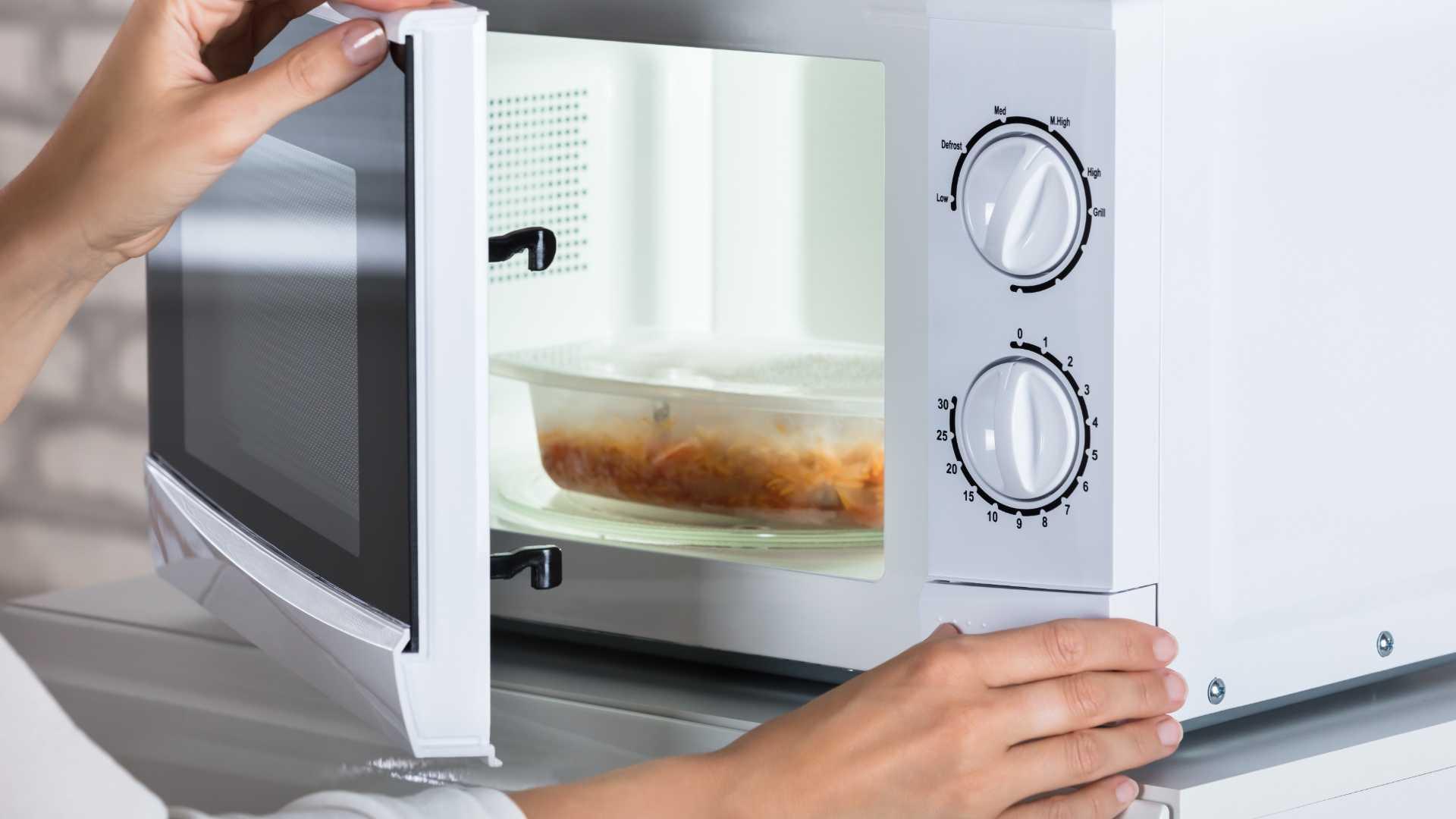Explore the World's Best Ideas
Join today and uncover 100+ curated journeys from 50+ topics. Unlock access to our mobile app with extensive features.
The debates around microwave cooking
When used correctly, there’s nothing to worry about in terms of a microwave’s radiation, according to the World Health Organization.
But other concerns are less clear: for example, whether microwaving food causes nutrient loss, or whether heating food in plastic can trigger hormone disruption.
40
840 reads
Microwave cooking and nutrients
There’s no simple answer as to whether microwaving vegetables will retain more nutrients that any other method, because each food is different in terms of the texture and nutrients they contain.
Studies show that shorter cooking times tend to not compromise nutritional content. Steaming and microwaving could even increase content of most flavonoids, which are compounds linked to reduced risk of heart disease.
40
515 reads
Microwaving and heating plastic
- We often microwave foods in plastic containers and wrapping and this comes wit a risk: the risk of ingesting phthalates. When exposed to heat, these plastic additives can break down and leach into food.
- Phthalates are common (in toys and body lotions for example) and it’s still unclear just how much damage they do. But most experts agree that heating plastic with phthalates can increase exposure.
- The best way to avoid this is to use other microwave-safe materials than plastic, such as ceramic. If you do use plastic containers, avoid any that are losing their shape, since old and damaged containers are more likely to leach chemicals.
37
431 reads
Microwave: Heat risks
- Even if you avoid plastics, there are other potential risks of heating food in the microwave – including uneven heating, and the high temperatures used.
- Consider using microwaves to reheat, rather than cook, food, as it may cook unevenly.
- Reheating food comes with risks, too. Food must be heated until it is 82C (176F) throughout to kill any harmful bacteria, and because bacteria can still grow each time food cools back down, you shouldn’t reheat a meal more than once.
39
398 reads
Radiation in microwaves is completely harmless
Microwaves use low frequency electromagnetic radiation (same as in lightbulbs and radios).
When you put food inside a microwave, it absorbs these microwaves, which makes water molecules in the food vibrate, causing friction that heats up the food. Humans absorb electromagnetic waves, too. But microwave ovens produce relatively low frequency waves and they are contained inside the microwave.
37
394 reads
IDEAS CURATED BY
Alexandria Q.'s ideas are part of this journey:
Learn more about food with this collection
How to make sustainable choices in everyday life
Identifying ways to reduce waste and conserve resources
Understanding the impact of human actions on the environment
Related collections
Similar ideas
Read & Learn
20x Faster
without
deepstash
with
deepstash
with
deepstash
Personalized microlearning
—
100+ Learning Journeys
—
Access to 200,000+ ideas
—
Access to the mobile app
—
Unlimited idea saving
—
—
Unlimited history
—
—
Unlimited listening to ideas
—
—
Downloading & offline access
—
—
Supercharge your mind with one idea per day
Enter your email and spend 1 minute every day to learn something new.
I agree to receive email updates

